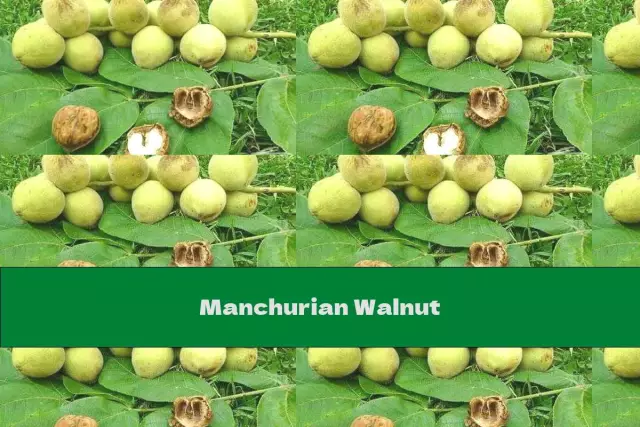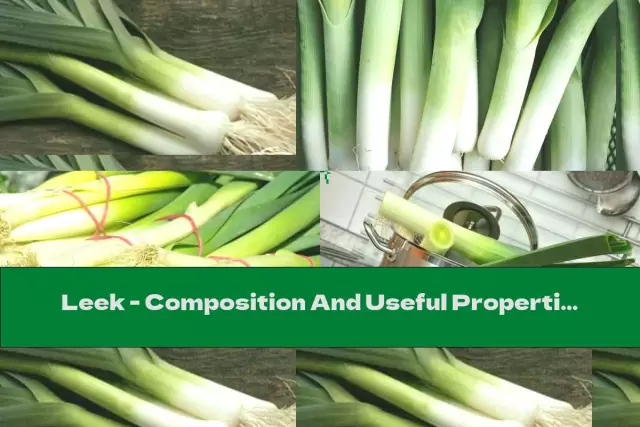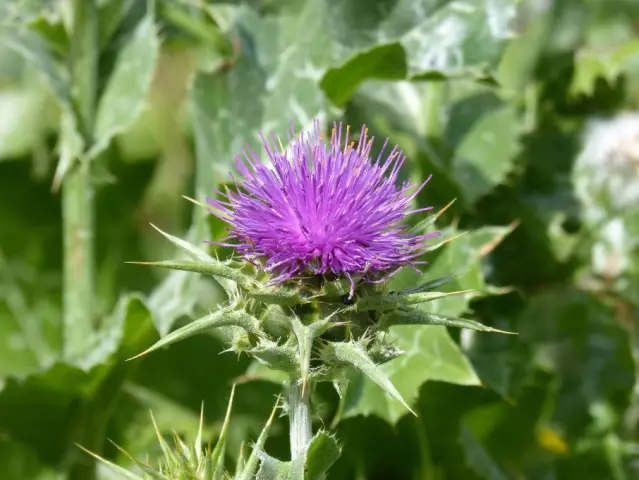- Author Rachel Wainwright [email protected].
- Public 2023-12-15 07:39.
- Last modified 2025-11-02 20:14.
Breadfruit
Breadfruit is a monoecious fruit tree from the Mulberry family, the Artocarpus genus. The breadfruit is native to the Western Pacific Islands. It is believed that it originally grew in New Guinea and only then spread across Oceania.

Breadfruit is a rather large and fast-growing plant. Under favorable conditions, its height can reach 26 meters, but most of the tree is never taller than 20 meters. Externally, the plant can be compared to an oak. Its bark is smooth, gray. Branches are varied - thin long or thick short bitches.
Depending on the climatic conditions, the foliage of the tree is deciduous or evergreen. The shape of the trees is also very diverse. There are both pinnately dissected trees and solid ones. The leaves of the plant are large and thick. All parts, including unripe breadfruit, contain milky sap - latex that is quite sticky to the touch.
The breadfruit blooms with greenish flowers, collected in large bisexual inflorescences. Male flowers are the first to bloom, but they are rather inconspicuous in appearance, collected in elongated inflorescences. Female flowers are collected in large inflorescences in the form of a club. After pollination of the female inflorescences, they grow together into one fruit, which in appearance can be compared with a knobby melon. As the breadfruit ripens, its color changes from green to brownish yellow.
The fruits of the tree are quite large and their weight sometimes exceeds 4 kg, and they reach 30 cm in diameter. Green fruits have a firm structure, with a fibrous starchy pulp, and when the fruits ripen, they become softer, the pulp becomes sweet and creamy. yellow.
The breadfruit is quite resistant to drought and can withstand up to three months without watering, but in order for the tree to bear good fruits, it is advisable to water the soil regularly. The tree is unpretentious to the temperature regime, and feels great at temperatures from +40 to 0 degrees.
In favorable climatic conditions, the breadfruit bears fruit for up to 9 months a year, bearing from 150 to 700 fruits annually, taking only a short break of three months. The life span of a tree is 60-70 years.
An interesting fact is that the breadfruit is not pollinated by insects, but by bats - bats, which in Latin are called Pteropodidae.
History
The Europeans learned about the breadfruit in the 17th century from the English navigator William Dampier, who said that the natives eat it. At the end of the 18th century, after the famine, in Jamaica they came up with the idea of planting breadfruit as a source of high-calorie and cheap food for slaves. To this end, the famous "Bounty" was sent to Tahiti, but the seedlings he collected never reached the West Indies, and the first breadfruit was brought to the New World by the ship "Providence" in 1793. Today breadfruit is widespread in many tropical regions.
Breadfruit composition
Dried breadfruit contains 76.7% carbohydrates and 4.05% protein. Its caloric content is 331 kcal per 100 g of product, and nutritional value: 14% sugar, 60-80% starch, 0.2-0.8% fat.
Application of breadfruit
Mainly for practical purposes, breadfruit is used. Their use in cooking is very diverse: they are boiled, baked, dried, candied, eaten fresh, and even used to make pancakes. An interesting fact is that unripe fruits are used as vegetables, and ripe fruits are used as fruits. The degree of maturity can be understood from the latex drops protruding on the peel.

Breadfruit tastes like potatoes. In many areas, in particular on the oceanic islands, they are an important food product. Since fresh fruit pulp quickly deteriorates, many methods have been invented for harvesting fruits for future use. For example, rusks are made from fruits that do not deteriorate for several years. And if the peeled fruits are buried in the leaves of a banana and a heliconia plant, they will ferment and turn into a pasty mass, which is edible for a long time.
They also eat breadfruit seeds, which are eaten fried or boiled with salt.
In addition to fruits, wood and tree leaves are used. Leaves and fruits are successfully fed to livestock (goats and pigs). And the wood is highly resistant to parasites, so it is great for building boats.
YouTube video related to the article:
Found a mistake in the text? Select it and press Ctrl + Enter.






